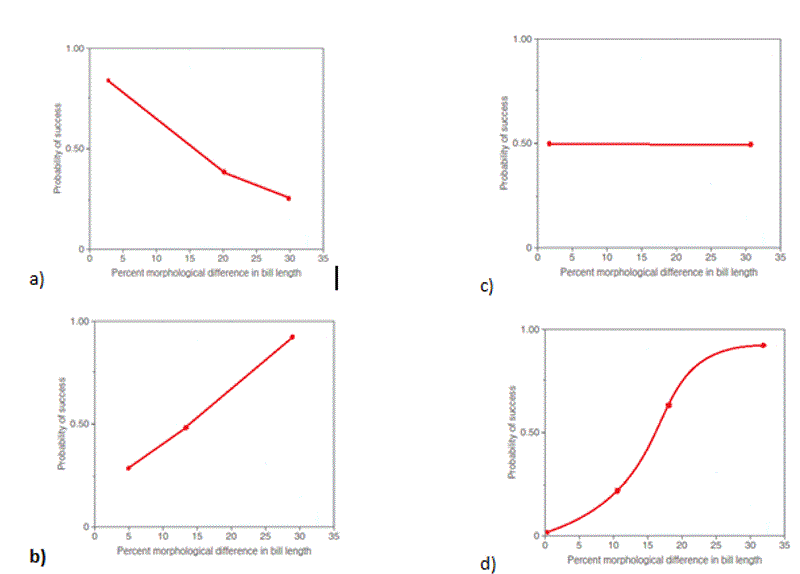TLS Online TPP Program
More Questions
TLS Online TPP Program
#Question id: 18715
#Unit 13. Methods in Biology
Isoschizomers are defined as
TLS Online TPP Program
#Question id: 18716
#Unit 13. Methods in Biology
Function of B-mercaptoethanol in SDS-PAGE is
TLS Online TPP Program
#Question id: 18717
#Unit 13. Methods in Biology
A common method to monitor synthesis of new DNA is
TLS Online TPP Program
#Question id: 18718
#Unit 13. Methods in Biology
What does an E.Coli genomic library contain?
TLS Online TPP Program
#Question id: 18719
#Unit 13. Methods in Biology
Which vectors are mostly used for creating genomic libraries?
TLS Online TPP Program
#Question id: 18720
#Unit 13. Methods in Biology
The derivatives of M13 vector are exact counterparts of _________

